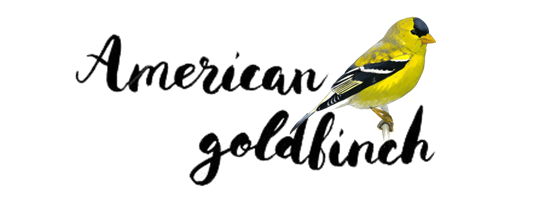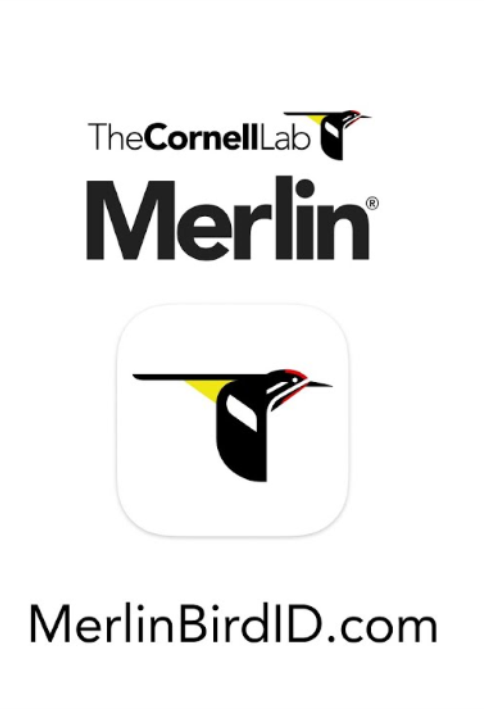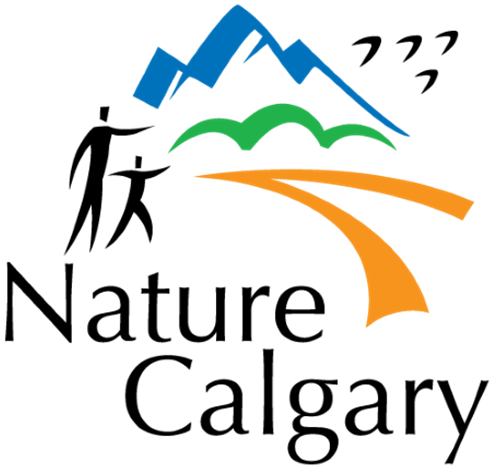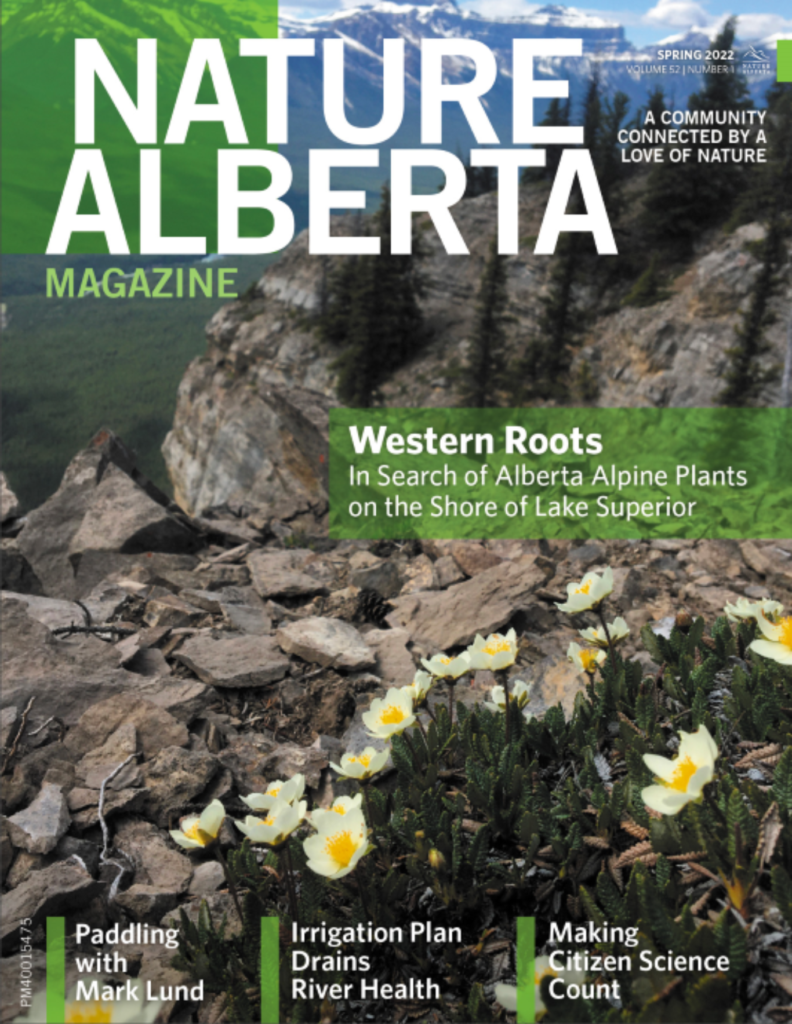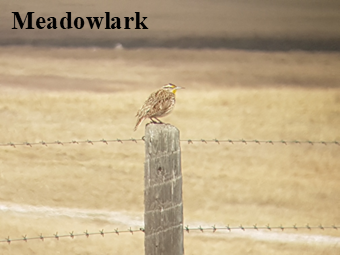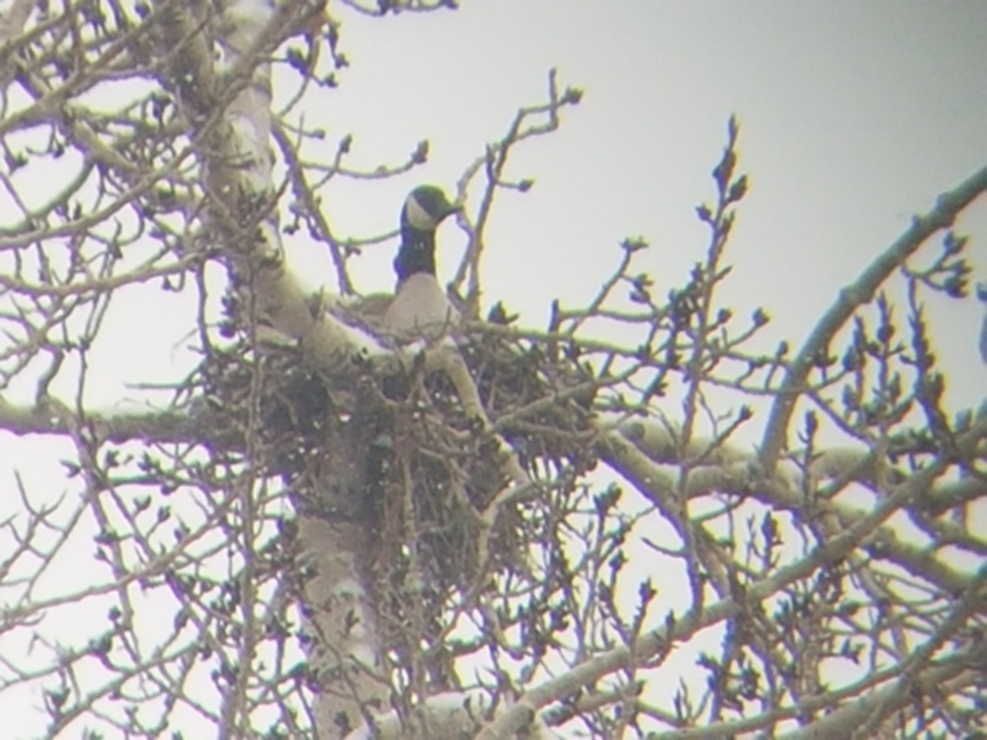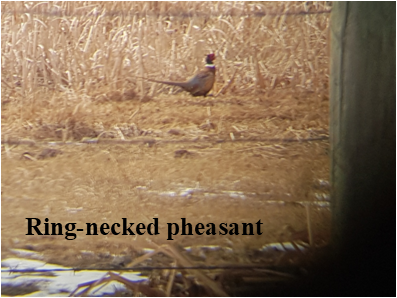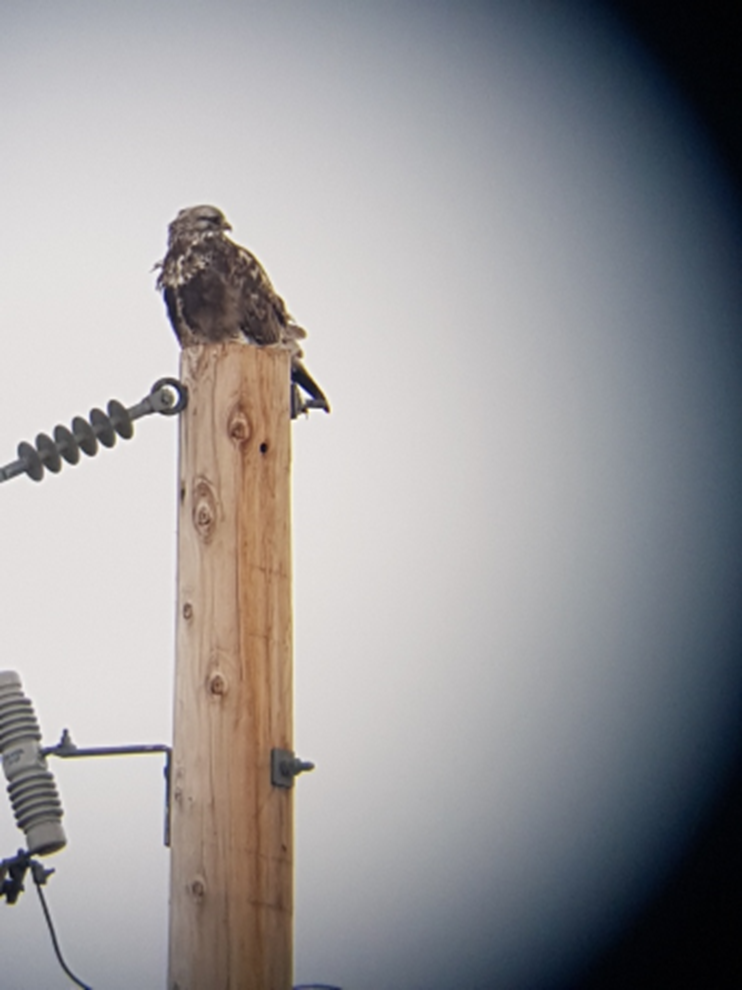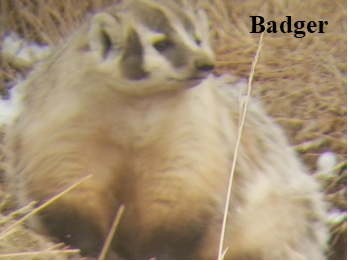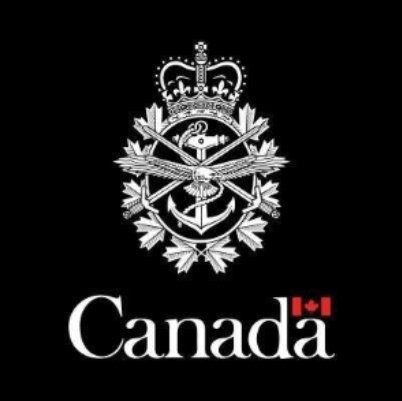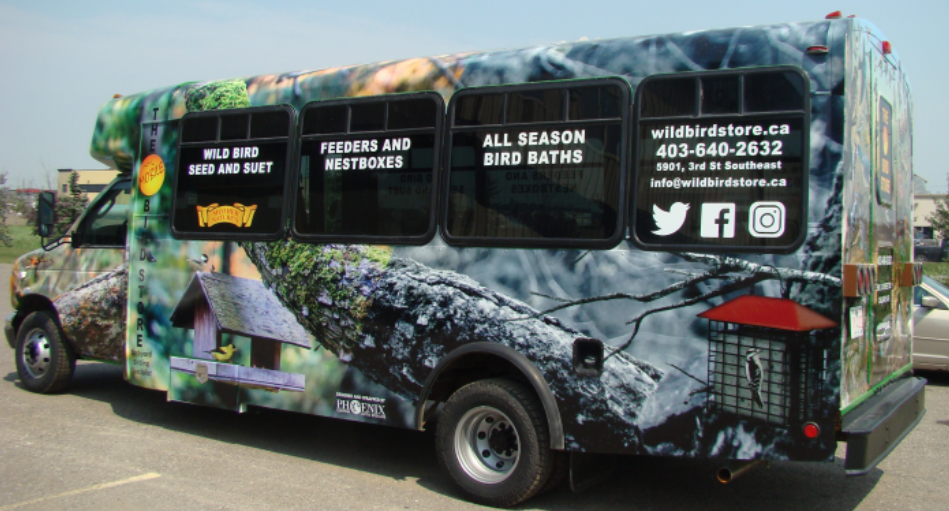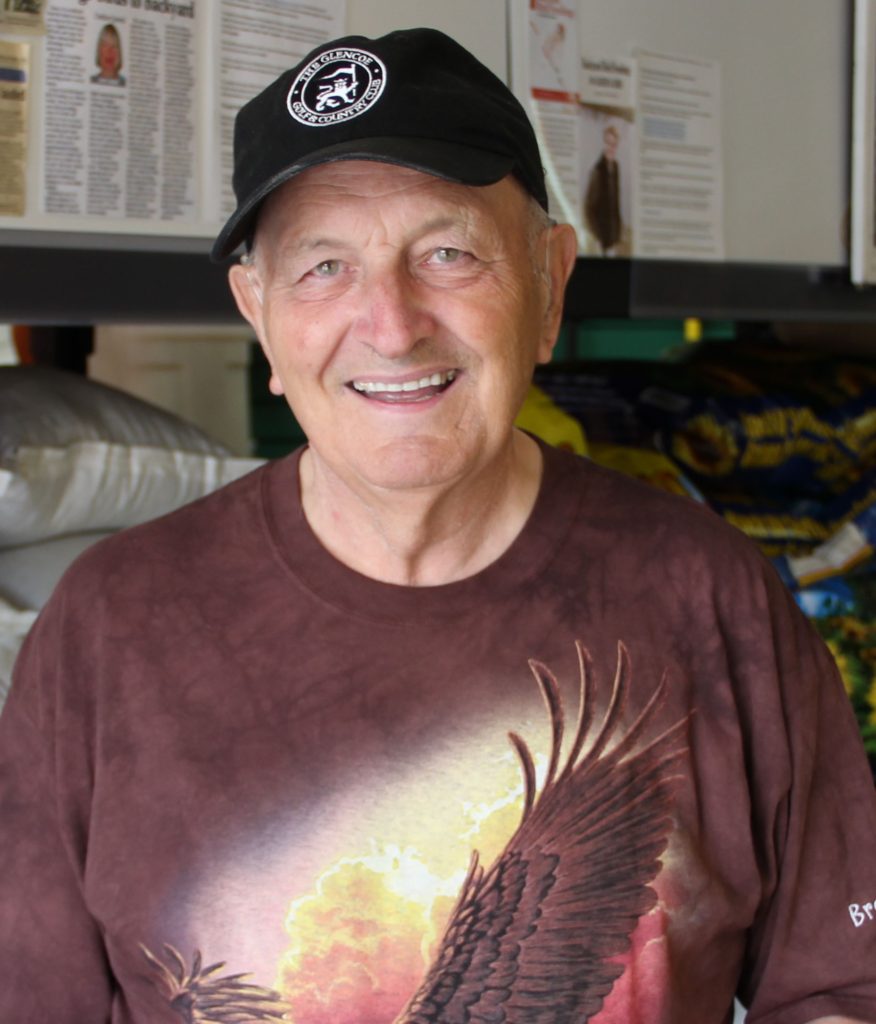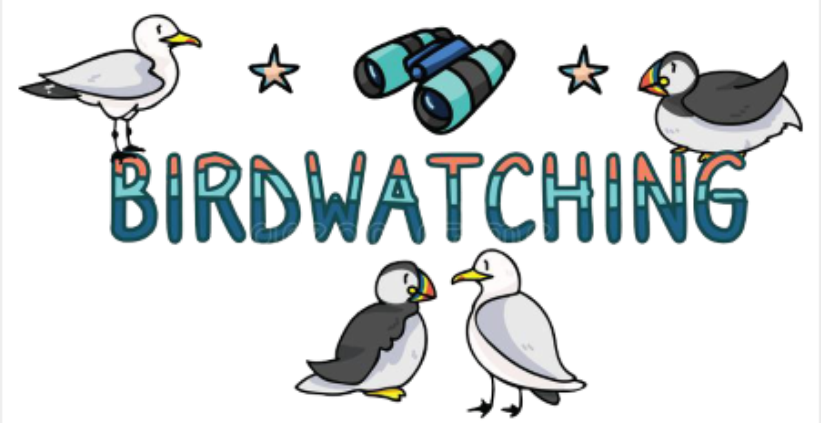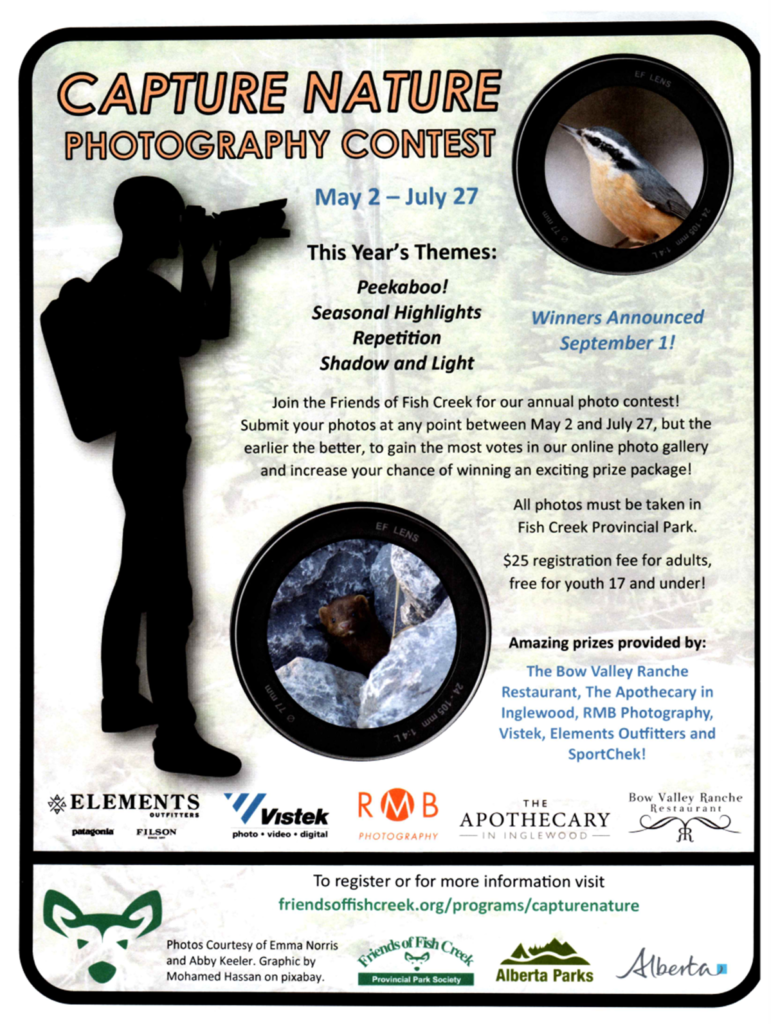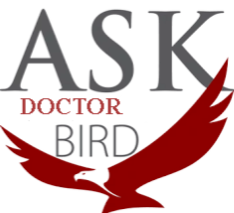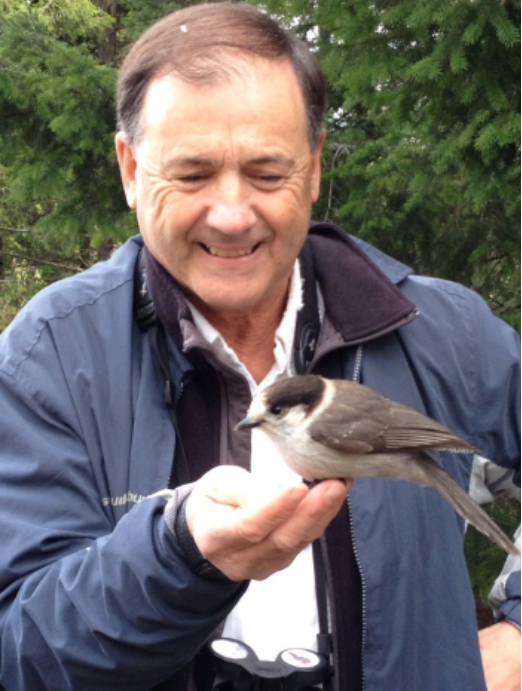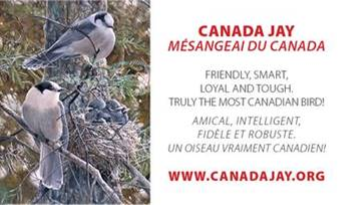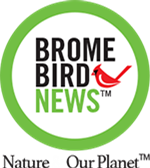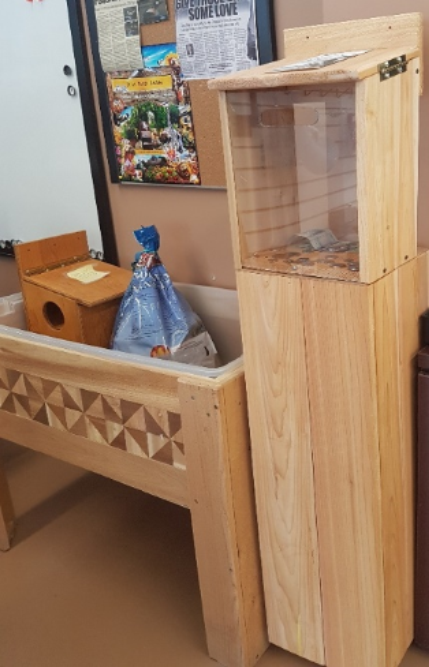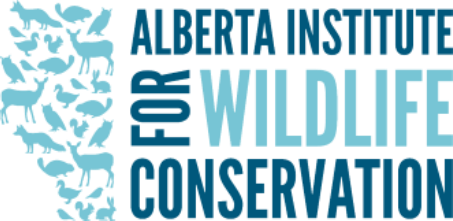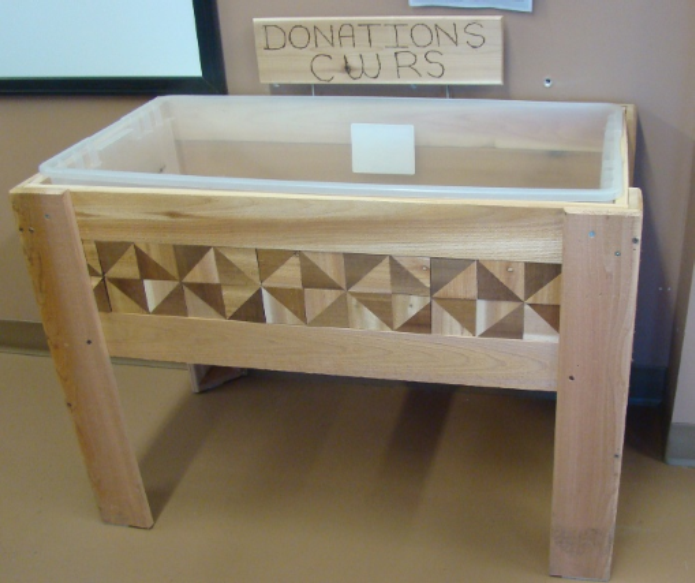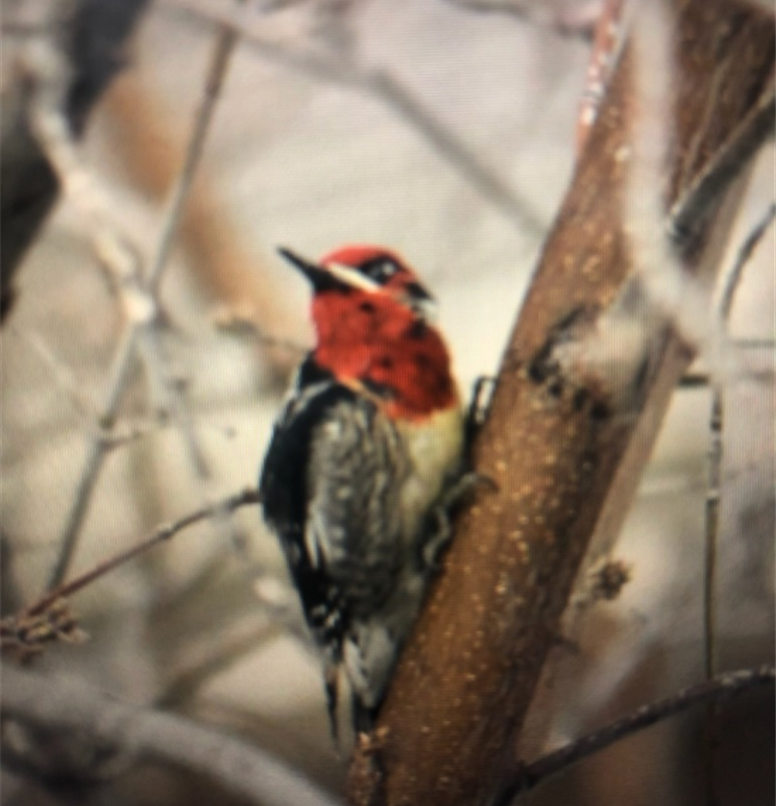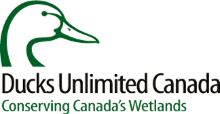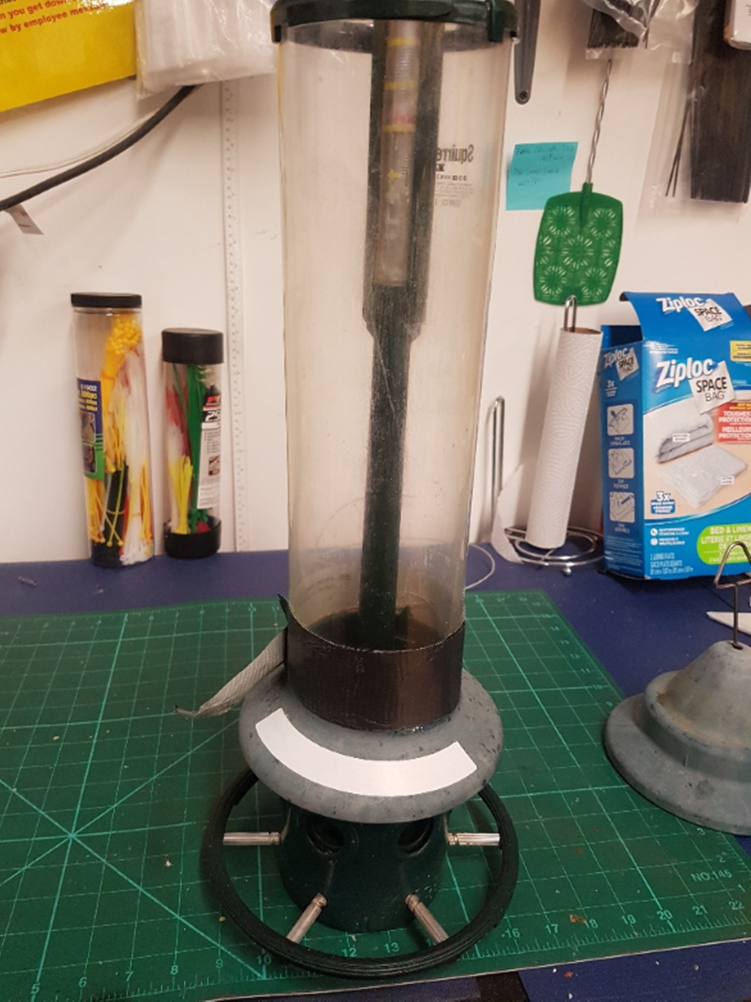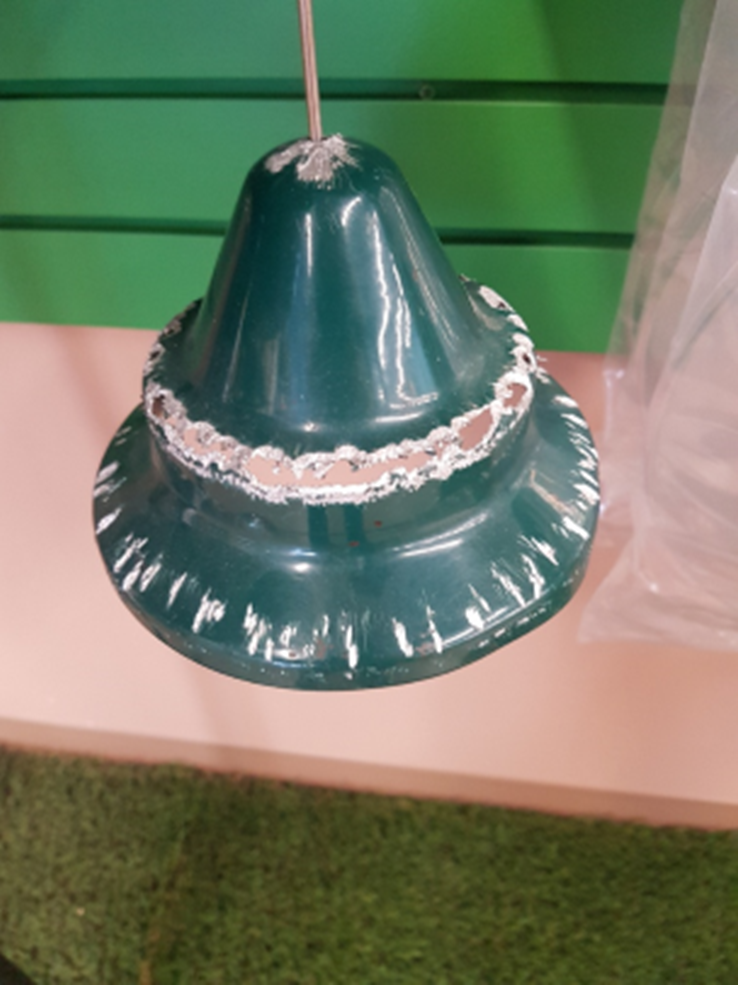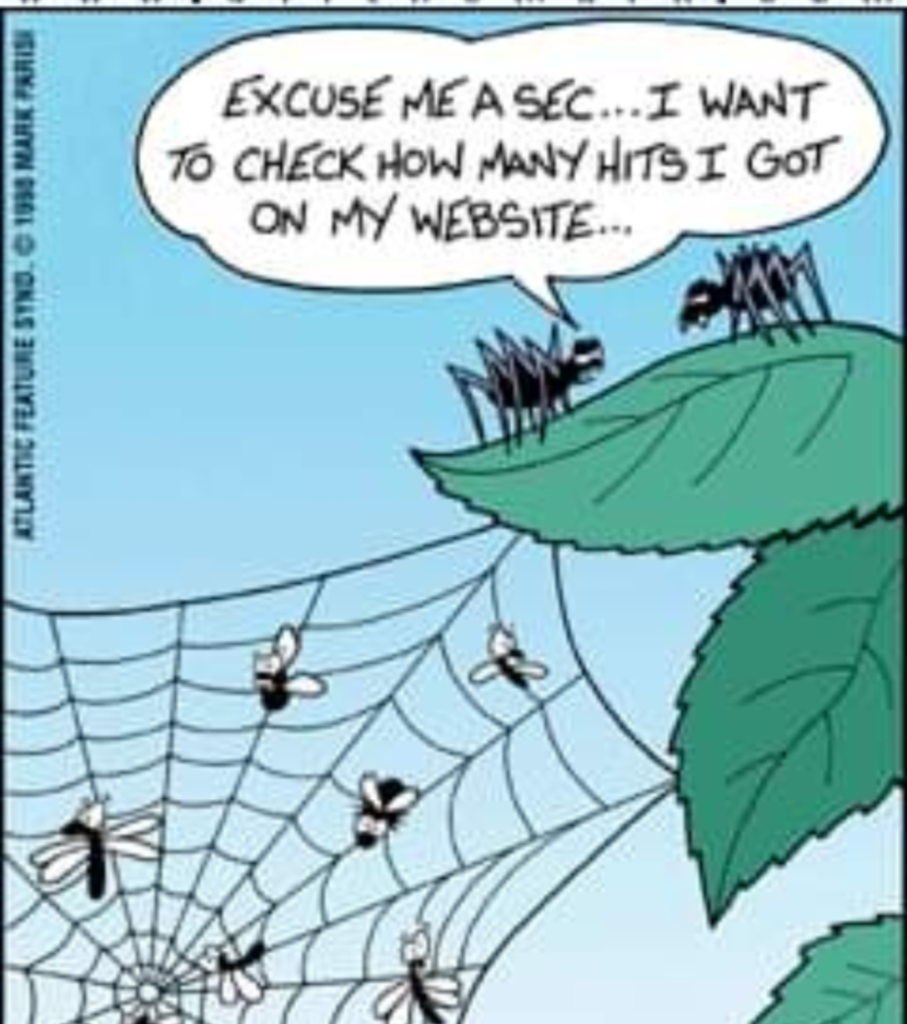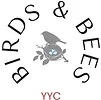LINK TO PDF NEWSLETTER DOWNLOAD
· The American goldfinch is the only finch species that molt twice a year. The first time is in the spring when the males get their bright yellow feathers, and the second is at the end of summer when the darker feathers grow in
· The American goldfinch is the only finch species that molt twice a year. The first time is in the spring when the males get their bright yellow feathers, and the second is at the end of summer when the darker feathers grow in
· Brown-headed cowbirds are known to lay their eggs in an American goldfinch nest. While the Goldfinch never even suspects, it is unfortunate for the Cowbird hatchlings. Cowbird chicks need a diet that consists of more than seeds and only survive a few days
· It is not common but older females can have a second brood in mid or late summer. The female will leave her original mate-in-charge of her first brood and find another male. The female will build a second nest for the new brood and raise the hatchlings until it is time to migrate
· Goldfinches weave their nests tight enough to hold water, though only temporarily. To keep their nests secure in the trees the birds use spider webs. The webbing is used to attach the nest to twigs and even small branches
· One of the neatest facts about American goldfinches is their drastic colour change with the seasons. The bright yellow feathers on a breeding male Goldfinch is caused by the bird’s diet. Carotenoid pigments from the plants in its diet give the birds their colourful appearance

If you are feeding nyjer it is extremely important that you know the seed is fresh.
To prevent the seed from getting wet during the summer, a weather guard attached to your finch feeder is an excellent idea.
Nyjer should be purchased in smaller quantities and more often if necessary as it only has a 2 month shelf life regardless as to how it is stored
Please remember: we do not recommend storing seed inside your home, but if you have no choice, store in a tightly sealed container and only open container outdoors
Remember that Goldfinches are not aggressive and usually will not eat at a feeder with other species. Best to designate a finch feeder just for Goldfinches.
Yards with more grass than native flowers and shrubs are not a natural fit for Goldfinches.
Nyjer is not the only seed Goldfinches will feed on. They show a strong preference for black oil sunflower seeds either in or out of the shell or even a finch blend or fine chipped sunflower seeds
Have you checked out the Merlin app? Would you like a demonstration on how they will help you to identify birds? Stop by The Wild Bird Store during regular business hours and staff will be happy to show you how the app will enable you to identify birds in various ways.
Identify Bird Songs and Calls
Identify Birds by your Photos
Save Birds to Your Life List
Explore lists of birds near your location
Once again there will be a Calgary and area May Species Count this year.
The count will take place on Saturday May 28 and Sunday May 29.
If you would like to participate this year, please contact
Andrew Hart andrewhartch*@*icloud.com
For more details or to confirm your participation for area(s) you covered before.
All participants from recent will be contacted in April to solicit interest in participating this year.

Contact Meadowlark Birding Tours (403)519-8703
gmckinnonbird@gmail.com
Set-Date Tours
Set-date tours are scheduled many months if not years in advance to maximize enjoyment and birding opportunities. The group size for these tours can range between four and ten participants depending on logistics, focus of the tour and location. These tours can be viewed and booked anytime through our website.
Calgary Day Trips
Calgary day trips are tailored to fit your exact needs and circumstances as well as your personal goals. Do you want to spend a day of targeting specific birds you need for your life list? Maximize the number of species? Or even just a casual stroll through a local park? All of these can be arranged to fit your preferences and schedule.
The Wild Bird Store is pleased to announce that we will be carrying the print edition of NATURE ALBERTA May 2022 in our store. This is the only place in Calgary to get a copy without a subscription. Look for it in-store May 1st.
In the Spring issue of NATURE ALBERTA magazine, Alberta’s waterways will be explored with paddling expert Mark Lund. Also, Biologist Lorne Fitch examines the strain irrigation expansion plans will put on southern Alberta’s river systems. And the spectacular wildlife photography of Rick Price practically flies off the page!
As always, the Nature Kids section is filled with info and activities to inspire the next generation of naturalists!
Good Friday, April 15, 2022: Spring migration was well on its way and proved to be one of many exceptional days of birding we have experienced.
First of all it was the day of the Red-tailed hawk—at every turn we were seeing them nesting, on fence posts and telephone poles, in pairs, looking for food, etc. We were also seeing multiple sightings of mature and immature Bald eagles—not sure what that is all about. Maybe someone has a take on why so many Bald eagles especially close to Calgary.
We had seen lots of Tundra swans in the fields near Frank Lake and also on the lake, but nothing prepared us for the numbers we were to encounter on this trip as we travelled east of Calgary and then south. Open water was in short supply, but the Tundras were crowding on every pond and slough. Such a sight to behold!
Great horned owls were of course nesting and we were fortunate to see several Western meadowlarks and Ring-necked pheasants both male and female as well as a couple of Grey partridges.
The day got even better when we came across a pond very close to the road (that doesn’t happen often) which makes identifying water fowl difficult and usually requires hauling out the scope. Not today—Buffleheads, Northern pintails, Barrow’s goldeneyes, Scaups, Widgeons, Blue-winged teal, Red heads, Shovelers, Common merganser (male & female), Coots and Canvas backs. Droves of ducks and Tundra swans landing and taking off—it was truly mesmerizing!
So when we go birding we usually encounter something not related to birding and today was no exception. Kris loves to “take the road less travelled” whenever possible, so a dirt road with a “no exit” or “road may be impassable” sign is always a road we investigate. As we came to the end of a “no exit” road we did a U-turn and there in the ditch, deviant as only an animal with such a reputation can be, was a badger. Standing outside his/her den. We watched in total awe for several minutes and then moved on, marking the location in our log to revisit later in the spring or early summer in the hope of seeing kits. If you are ever fortunate to encounter this awesome creature, be warned—you should not approach him/her as they are especially ornery when then are protecting their den or kits.
We did not want the day to end but we had been on the road since 10:30 in the morning and it was getting dark—great time to look for Great horned owls and we were not disappointed. Sure helps to have “eagle eyes” driving as she rarely misses a bird sighting. Stay tuned for more birding adventures on the backroads of Alberta. The summer promises to be a great one—now all we need is rain!
We offer a discount if you return your seed bags (sorry—not the Mother Nature bags which we cannot re-use), suet ball containers, if you bring your own container to fill or use a bag from our re-cycle bin. This discount is in addition to any other discount offered.
Write a Google review on your experience at The Wild Bird Store, and as a thank you, we will give you 100 customer loyalty points ($5.00 value). To get a promo code, kindly email info@wildbirdstore.ca
(one Google review per customer)
Earn 200 customer loyalty points ($10.00 value) by referring a friend, acquaintance or fellow birder.
Please visit the store to get a promo code.
No need for a card, just give your phone number. You earn $1.00 for every $20.00 spent (excludes “sales” items, books & optics) and can be used in-store and on Mobile Seed Truck. As a loyalty member our monthly promotions and in-store “specials” are automatically given at the cash register.
Combining our Seniors 10% discount with the Loyalty Program. (Excludes “sales” items, books & optics).
Discount for membership 10% discount for members of Fish Creek Park, AIWC, Priddis Golf Club, Nature Calgary, Sandy Cross Conservation, Springbank Garden Club and Millarville Horticultural Society. Must present valid membership card at time of purchase.
Discount for Military Members & Veterans 10% discount on
purchases in-store or on Mobile Seed Truck (sorry—excludes “sales”
items, books, optics and consignment items)
Options for shopping at the Wild Bird Store

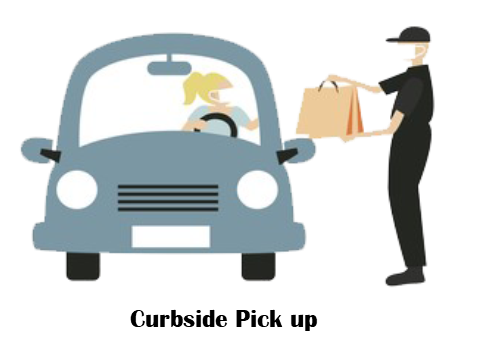
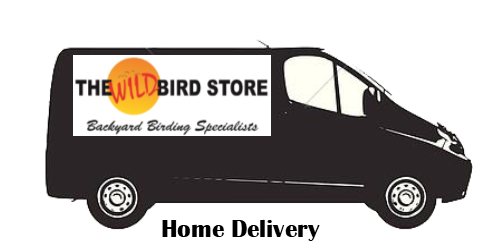

To ensure you get what you want, please have your order in by 5:00pm on Tuesday and we will set it aside for you
Text us @ (403) 701-4571 OR email us at orders@wildbirdstore.ca so we can put your order aside.
Earn and redeem customer loyalty points on
The Bird Seed Truck


DELIVERY: Deliveries will still be made on Thursdays ONLY. Please phone the store at (403) 640-2632 any day prior to 12:00 noon on the Wednesday before your delivery; place and pay for your delivery. Please phone with your order as early as possible to avoid disappointment. If you have any special instructions please do not forget to inform us when you place your order.
All participants on any bird walk must have purchased a ticket through Eventbrite.ca and present the ticket to Jim prior to the bird walk. The weather plays a big part in bird walks and Jim reminds participants to dress anticipating weather changes and to carry water to keep hydrated.
Saturday May 14, 2022 Frank Lake Day Trip
(9:00am meet in parking lot at rear of Wild Bird Store). Approximately 5 hour trip—please bring lunch and water and dress for weather conditions
Ticket price: $6.00 +GST +fees
Ticket must be purchased through Eventbrite.ca—2022 WBS bird walks
Saturday May 21, 2022 North Glenmore Park (Weaselhead)
(9:00am meet in the parking lot at North Glenmore Park)
Ticket price: $6.00 +GST +fees
Ticket must be purchased through Eventbrite.ca—2022 WBS bird walks
Question:
What are your thoughts on climate change? Is it really happening and how bad will it be for our birds?
Answer:
Anyone living in today’s world who does not see that our climate is warming is a fool in my books. I have always felt that in the world of our wild birds, there will be winners and losers. Research out of Utah State University suggests that there could be dire consequences for the bird species that bird watchers like to see the most. The scientists divided North American bird populations into three categories. The first is “resident” birds such as vultures, gamebirds, owls and woodpeckers which are adaptable enough to find food year-round. The second includes “temperate” birds like finches and wrens which migrate within the continent of North America. And the third category is “neotropical”, referring to birds migrate from North America to Central and South America. This includes warblers, buntings and orioles. By examining long-term data collected for the North American Breeding Bird Survey since the 1960’s, the researchers focused on the breeding patterns of 32 eastern North American birds from 1972 to 2014. Over that 43– year period, the birds in each of those categories showed significant changes in their migratory patterns. The first two, “resident” and “temperate” birds, have responded to climate warming by expanding their ranges northward into the now armer sub-Arctic regions. But it is the “neotropical” birds, the ones that we like to see the most while birding, that we must be very concerned about. According to the Utah study, their southernmost breeding ranges have not only shrunk in size, but they are also not expanding their range northward like the other birds. This suggests that the “neotropical” birds are not adapting well to climate warming, which is likely affecting their breeding grounds, their wintering grounds, and their staging areas during migration. And they already have enough to contend with in the form of pesticides, window collisions, cat predation, and habitat degradation due to urbanization.
David M. Bird, Ph.D., Emeritus Professor of Wildlife Biology, McGill University www.askprofessorbird.com

David M. Bird is Emeritus Professor of Wildlife Biology and the former Director of the Avian Science and Conservation Centre at McGill University. As a past-president of the Society of Canadian Ornithologists, a former board member with Birds Canada, a Fellow of both the American Ornithological Society and the International Ornithological Union, he has received several awards for his conservation and public education efforts. Dr. Bird is a regular columnist on birds for Bird Watcher’s Digest and Canadian Wildlife magazines and is the author of several books and over 200 peer-reviewed scientific publications. He is the consultant editor for multiple editions of DK Canada’s Birds of Canada, Birds of Eastern Canada, Birds of Western Canada, and Pocket Birds of Canada. To know more about him, visit www.askprofessorbird.com or email david.bird@mcgill.ca.
BROME BIRD NEWS SEASON 6 EPISODE 8
Brome Bird News Episode 08 Season 6 :Las Vegas Birds, G for Gray Catbird, Helping Pigeons, Smart Magpies
Dr. Bird talks about a recent study on Magpies where the birds were equipped with small GPS trackers, but instead of cooperating, the birds decided they didn’t want to be tracked so they worked together to remove the devices.
David also answers a question that addresses how difficult it is for bird rehabilitation centers to be able to treat every bird that is brought to them.
DONATIONS
Located at The Wild Bird Store (near the seed bins). We collect your cash as well as “wishlist” donations and arrange to deliver them to local wildlife organizations including Calgary Wildlife Rehabilitation, Alberta Institute of Conservation and Ellis Bird Farm.
We ask for your support quarterly for each of these organizations.
For March, April and May 2022 your donations will go to:
Alberta Institute For Wildlife Conservation
Spotted week of April 11, 2022 in the community of MacKenzie Lake
Photo courtesy of Alan Duguid in McKenzie SE Calgary
The History of FRANK LAKE
“Survey reports from 1883 referred to Frank Lake as “a large lake”, but early settlers in the area referred to the lake as Begg Lake, Green Lake, and Windsor Lake. It was named after Bishop Christopher Frank who established a nearby Mormon settlement known as Frankburg.”
Frank Lake, found 50km southeast of Calgary near High River, Alberta, is a productive wetland important to hundreds of bird species. Once completely dry, this wetland has been saved from drainage and drought through a progressive partnership between industry, government and ourselves. It is now listed as one of 597 important bird areas in Canada.

Calgary, AB T2H 1K3 CLOSED Sundays and ALL Statutory holidays for Faith,
Phone: (403)640-2632 Family and Friends. Showroom is open.
email: info@wildbirdstore.ca
FOLLOW US ON: We still offer curbside pickup every day and delivery on
Facebook @thewildbirdstoreyyc Thursdays.
Twitter @wildbirdstoreyyc
CLOSED MONDAY MAY 23, 2022 VICTORIA DAY
Go to YouTube, type in the search bar “The Wild Bird Store” to watch our videos and to help us become more visible . Be sure to click on “Subscribe” before you leave the page.
